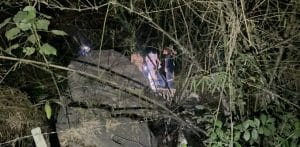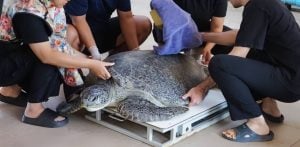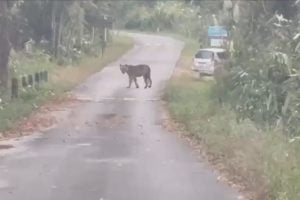That’s neat, more Indochinese tiger feet spotted in western Thailand sanctuary

Khao Namphu Nature and Wildlife Education Centre chief Seree Makboon reckons the release of cattle in Salak Phra Wildlife Sanctuary has led to a significant increase in the Indochinese tiger population.
This is the first time in over 30 years that the sanctuary has seen a notable rise in tiger numbers in the sanctuary, located in Kanchanaburi in western Thailand.
Seree, who is involved in the management of the sanctuary, attributes this increase to the release of bantengs within the sanctuary, Bangkok Post reported.
Last year, trap cameras were set up by officials and captured images of six Indochinese tigers. Three of these tigers were identified based on the tiger’s skin print database as originating from the Huai Kha Khaeng Wildlife Sanctuary in Tak province, north of Salak Phra Wildlife Sanctuary. The other three tigers, a mother and her two cubs, did not have any records in the database.
It has been revealed that one of the cubs was a male and was seen in January this year around Tha Thung Na Dam, located near the sanctuary. Makboon believes that the cattle released in the sanctuary provided an essential food source for the Indochinese tiger, which led to an increase in their population.
“It is hard to believe that the release of bantengs in the sanctuary in recent years has led to the increase in tiger population. Our efforts have produced results beyond expectation.”
“The presence of the tigers indicates the well-being of the forest ecosystem.”
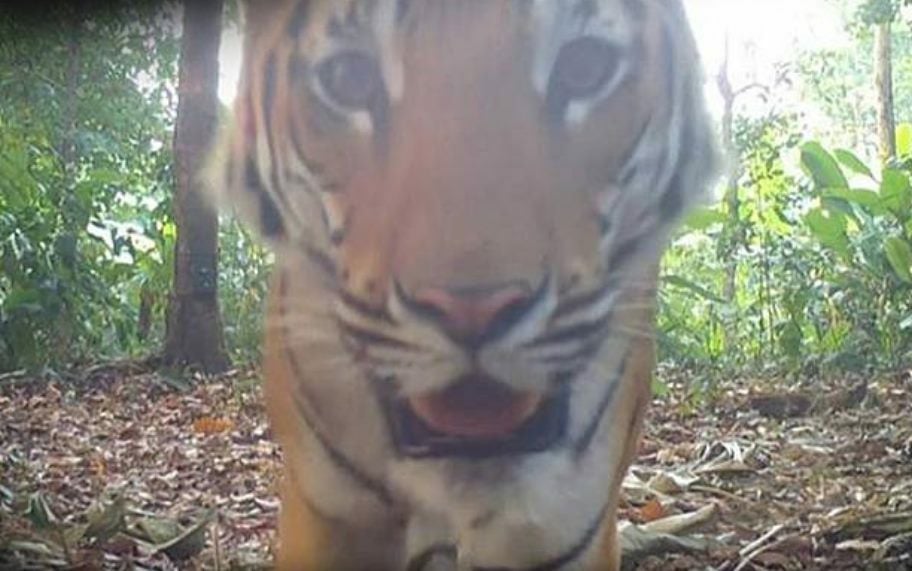
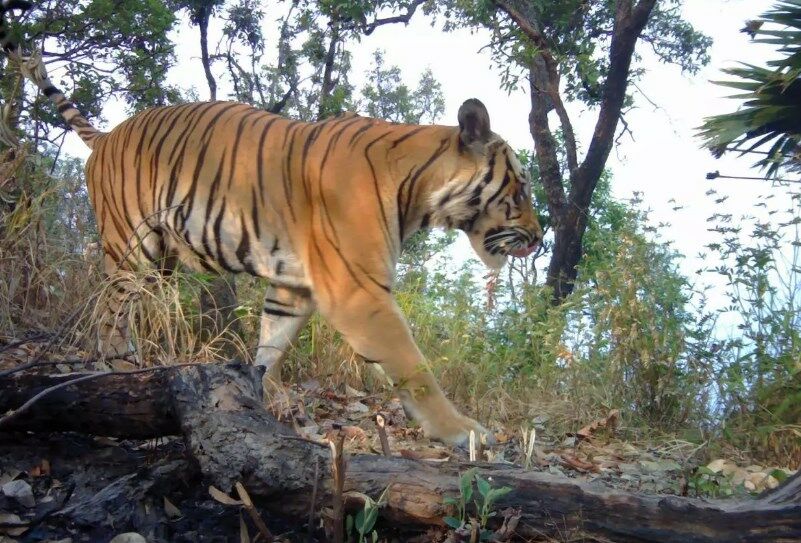
Pictures captured of the Indochinese tigers in Salak Phra Wildlife Sanctuary.
The sighting of these tigers is a positive sign for the wildlife conservation efforts in Thailand. Indochinese tigers are listed as critically endangered by the International Union for Conservation of Nature (IUCN), with only an estimated 160 left in the wild. The increase in their numbers in Salak Phra Wildlife Sanctuary is a testament to the effectiveness of conservation efforts and highlights the importance of wildlife sanctuaries in preserving the world’s natural heritage.
The Salak Phra Wildlife Sanctuary is set to merge two herds of banteng to prevent inbreeding. The sanctuary plans to merge the banteng herds, one from the forest and the other from the Huai Kha Khaeng Wildlife Sanctuary, as part of their ongoing conservation efforts.
In 2014, the Khao Nampu Nature and Wildlife Education Centre released banteng into the forest after successful breeding. The breeders comprised one female and three male bantengs from forests in Kampeng Phet and Phetchaburi, as well as from the now-defunct Dusit Zoo in Bangkok. Since then, the centre has released 16 bantengs to nature, and the latest survey indicates that at least 43 bantengs are living in the forest of Salak Phra Wildlife Sanctuary.
The banteng is listed on the IUCN’s red list for its risk of extinction. To ensure the species’ security, the centre is keeping 17 bantengs in captivity with pure local blood. This measure is part of the centre’s efforts to preserve the species and ensure its survival.
The merger of the two banteng herds is a crucial step in preventing inbreeding, which can lead to a decline in the species’ genetic diversity. The conservation efforts being carried out in the Salak Phra Wildlife Sanctuary are essential in maintaining the biodiversity of the region and preserving the world’s natural heritage.
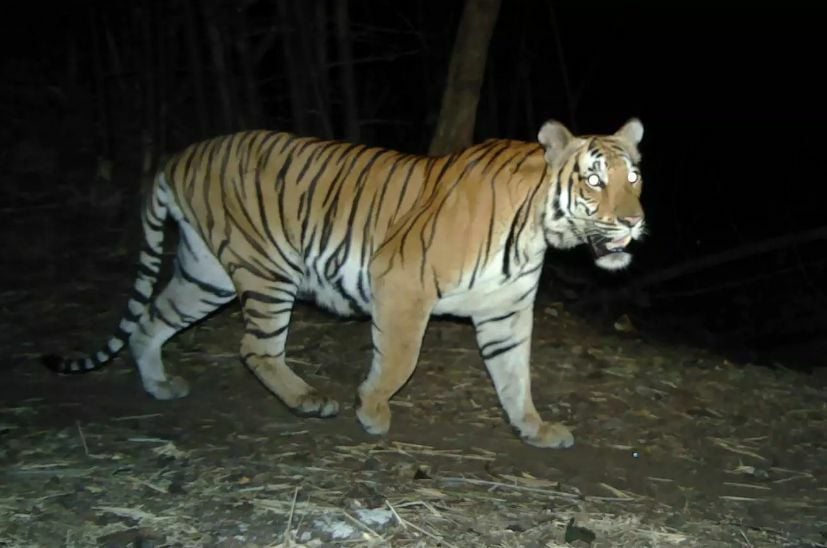

Latest Thailand News
Follow The Thaiger on Google News:















